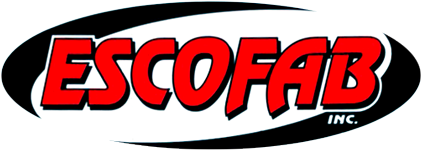Machining is a process that shapes and sizes raw materials to form products. This can be done with metal, wood, plastic, ceramic, or stone. The most commonly used machining processes are turning, drilling, and milling. Read on to learn more about these different types of machining and how they can be used to make a variety of products.
Turning
Turning is a metalworking process that removes unwanted material from a workpiece to create a new shape. This machining process involves the use of a machine, such as a lathe, and a cutting tool. Turning typically reduces a workpiece’s diameter and creates a smooth surface finish on the finished part. It can also be used to produce various topological features, such as step turning, taper turning, and chamfer turning. The turning process involves the use of cylindrical multi-point cutting tools, which have sharp teeth spaced around their exterior. The teeth are designed to cut into the workpiece while minimizing the amount of scrap material produced in the process. The scrap material, usually in the form of small pieces of metal chips, is propelled away from the workpiece as the cutting tool moves.
Drilling
Drilling is the process of drilling through rock to create a hole that can be used to extract oil and gas. It is also used for geological exploration and research, groundwater studies, and geotechnical engineering. To drill a well, a long bit is attached to a “drill string” that is lowered into the hole and forced into the rock. Then, a pipe that is slightly smaller in diameter than the hole is dropped in, and cement is added to fill in the gap. To ensure that the bit doesn’t wear out and impede the process of drilling, a reamer is placed behind the drill to rotate the bit. This will result in a wider hole, allowing the bit to be pulled out with ease and a new bit to be installed without problems.
Boring
Boring is a machining operation that involves using a boring bar to make a hole in a piece of metal. It can be used to enlarge an existing hole or convert one cylindrical hole into a taper hole. It can also be used to repair worn holes and create perfectly straight bores. This process is commonly used for engine blocks, gearboxes, and presses. Like turning, boring entails removing material to improve the accuracy of a part. It can be done manually or with a machine.
Reaming
Reaming is a machining operation that is used to slightly enlarge a hole that has been previously drilled. Reaming can also be used to change the shape of a hole, such as a conical hole. Reaming is a relatively straightforward process that requires the right tools. When reaming, it is important to use a solid-carbide reamer that can handle the material being machined and the amount of stock that will be removed. This will reduce wear and help extend tool life. It is critical to ensure that the reamer, bushing and hole to be machined are in perfect alignment. Any variation can dramatically increase reamer wear and detract from the accuracy of the drilled hole.
Milling
Milling is a type of machining that removes material from a work piece to create a desired shape. The process requires a machine, workpiece, fixture, and cutter. The workpiece is usually secured to the fixture and then mounted onto a platform inside the machine. The workpiece is then fed into a rotating cutter, which removes metal from the surface of the workpiece in the form of small chips. As the blades of a milling cutter take swarfs of material at regular intervals, it has regular ridges on its sides. The height of these ridges depends on the feed rate, the number of cutting surfaces, and the diameter of the cutter.
